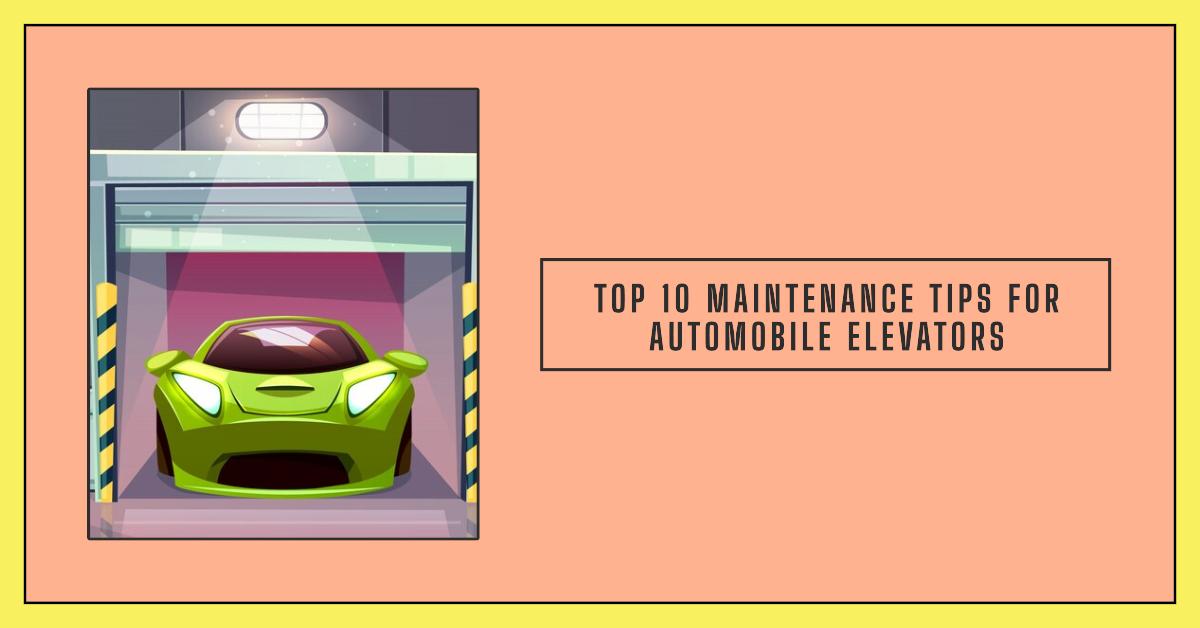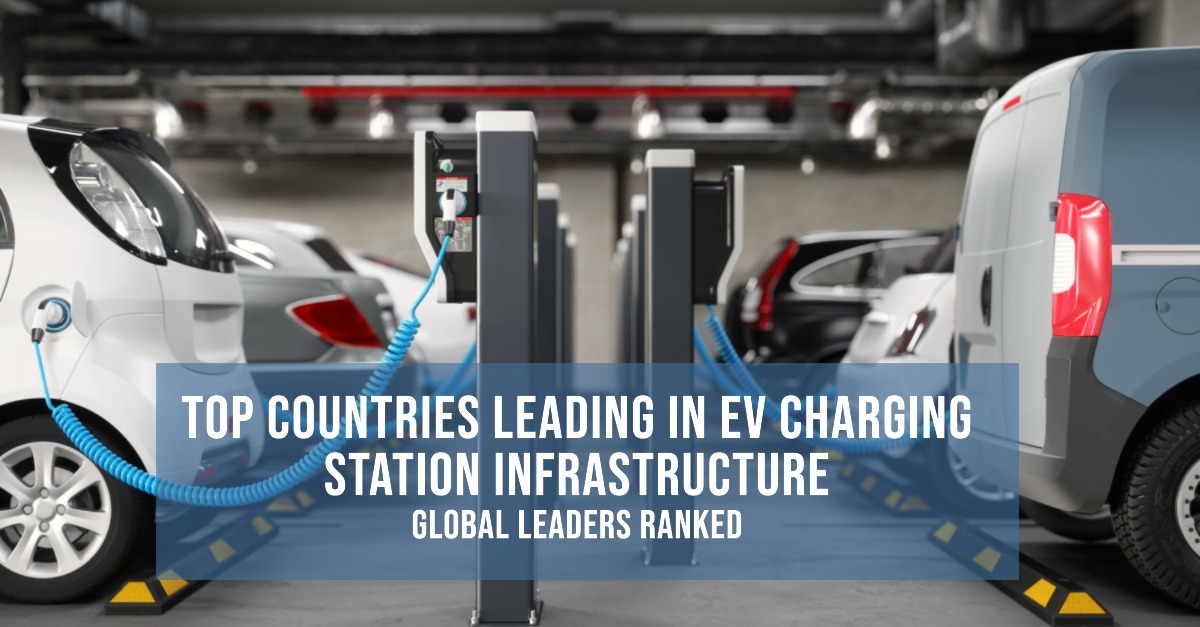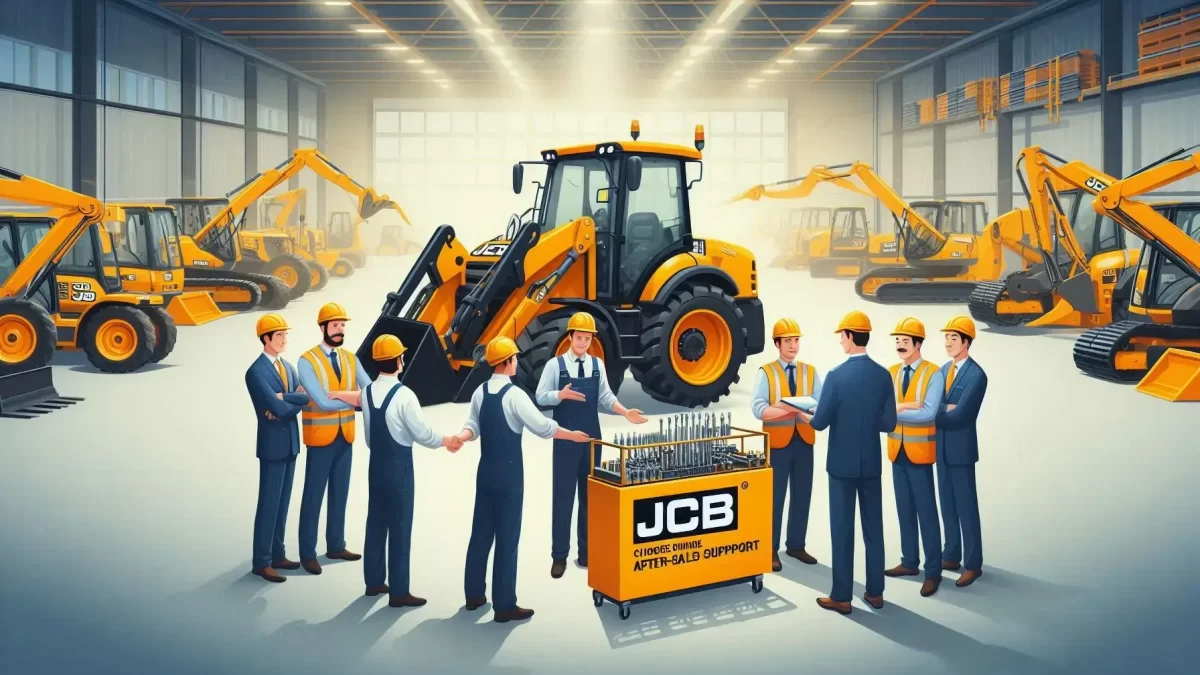
Top 10 Maintenance Tips for Automobile Elevators
Automobile elevators help in lifting vehicles in places like parking lots or service centers. Regular maintenance is important to keep them working well and avoid any problems.
Below are some tips shared by one of the best automobile elevator manufacturers in Delhi to maintain automobile elevators in good condition.
Maintenance Tips for Automobile Elevators
Check the Hydraulic System
- The hydraulic system helps lift and lower vehicles.
- Check for any leaks in the hoses or pumps.
- Make sure the hydraulic fluid is at the correct level.
- Low fluid levels can cause the elevator to move slowly or stop.
- Look for signs of wear on the hydraulic parts.
- Change the fluid regularly as recommended by the manufacturer.
- Dirty or old fluid can damage the system.
- Keep the hydraulic system free of dirt and debris.
- If you notice any problems, get it checked by a professional.
Clean the Elevator Shaft
- The elevator shaft is where the lift moves up and down.
- Keep the shaft free of dirt, dust, and debris.
- Dirt can block the smooth movement of the elevator.
- Use a vacuum or broom to remove dust and trash.
- Clean the shaft regularly to prevent buildup.
- Check for any large objects stuck in the shaft.
- Clean the tracks where the lift moves to avoid blockages.
- If the shaft is dirty, the elevator might stop working properly.
Inspect the Cables
- The cables help lift and lower the elevator platform.
- Check the cables regularly for any signs of wear or damage.
- Look for fraying, rust, or cuts on the cables.
- If a cable is damaged, replace it immediately.
- Worn-out cables can break, causing the elevator to stop working.
- Keep the cables clean and free of dirt.
- Lubricate the cables if needed to prevent friction.
- Inspect the tension of the cables to make sure they are tight.
Test Safety Features
- Safety features protect people and vehicles.
- Check the emergency brake to make sure it works.
- Test the alarm system to ensure it makes noise during an emergency.
- Check the limit switches that stop the elevator at the correct height.
- Ensure the platform doesn’t move too high or too low.
- Test the emergency stop button to make sure it works.
- Make sure the doors open and close safely.
- Inspect the backup power system for emergencies.
Lubricate Moving Parts
- Lubrication reduces friction between moving parts.
- Apply lubricant to rails, pulleys, and gears regularly.
- Lubricate parts to help the elevator move smoothly.
- Without lubrication, parts wear out faster.
- Use the correct type of oil or grease for each part.
- Check for any squeaky or noisy parts and lubricate them.
- Too much friction can make the elevator work harder.
- Regular lubrication helps save energy and prevents damage.
- It also extends the life of the elevator.
Check for Rust or Corrosion
- Rust or corrosion can damage metal parts.
- Look for signs of rust on the lift platform and rails.
- Check bolts, nuts, and other metal parts for corrosion.
- Rust can weaken the metal and cause failure.
- Treat any rust with special rust remover.
- Paint metal parts with anti-rust paint to prevent corrosion.
- Check the elevator’s metal frame and wires for rust.
- Keep the area around the elevator dry to prevent rust.
Inspect the Control Panel
- The control panel is used to operate the elevator.
- Check the buttons to make sure they work properly.
- Clean the control panel regularly to avoid dust buildup.
- Look for any loose wires or connections in the panel.
- Make sure all lights and indicators are working.
- Test the emergency buttons to ensure they are functional.
- Check for any signs of malfunction or broken parts.
- If any buttons stick or don’t respond, repair them.
Monitor Weight Capacity
- Every elevator has a weight limit.
- Never exceed the maximum weight listed by the manufacturer.
- Overloading the elevator can damage the lift system.
- Keep track of the weight being lifted each time.
- Ensure vehicles placed in the elevator are within the weight limit.
- If unsure about the weight, ask for help or check the vehicle’s manual.
- Check the weight capacity label on the elevator.
- Overloading can cause safety issues and breakdowns.
Test the Emergency System
- The emergency system helps in case of power failure.
- Test the emergency lowering system to ensure it works.
- Check if the lift moves down smoothly when power is lost.
- Make sure the emergency brake works properly.
- Test the emergency alarm to ensure it sounds loudly.
- Check the backup power system, like batteries, to ensure they are charged.
- Ensure the emergency stop button is working.
- Test the safety sensors to prevent accidents.
Schedule Regular Inspections
- Regular inspections help find problems early.
- Hire the best elevator brands in India to check the elevator every few months.
- They will look at all parts, including the motor and cables.
- Inspect the safety features, like brakes and alarms.
- The expert will check the hydraulic system and controls.
- Inspections help keep the elevator running smoothly.
- Fix any issues before they become big problems.
- Follow the manufacturer’s recommended inspection schedule.



